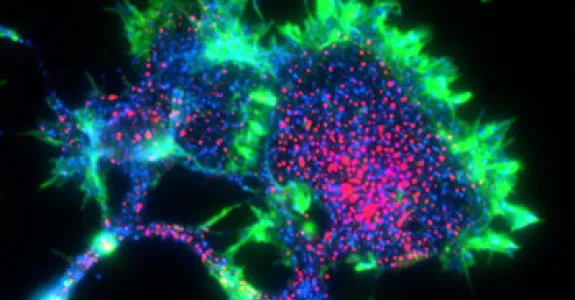
By studying the visual system of mammals, the Shatz Lab discovered that adult wiring emerges from dynamic interactions between neurons involving neural function and synaptic plasticity. Even before birth and long before vision, the eye spontaneously generates and sends coordinated patterns of neural activity to the brain. Blocking this activity in utero, or preventing vision after birth, disrupts normal tuning up of circuits and brain wiring. In turn, neural activity regulates the expression of genes involved in the process of circuit tuning. To discover cell and molecular underpinnings of circuit tuning, her lab has conducted functional screens for genes regulated by neural activity. Among these genes is the MHC (major histocompatibility) Class I family. This finding was very surprising because these genes- HLA genes in humans- are involved in cellular immunity and were previously not thought to be expressed by neurons at all! The Shatz Lab showed that other components of a signaling system for Class I MHC are also present in neurons, including a novel receptor, PirB. By studying and/or generating knockout mice, the lab is exploring a role for these molecules in synaptic plasticity, learning, memory and neurological disorders. The lab employs a variety of approaches in these studies, ranging from molecular biology to slice electrophysiology to in vivo imaging to behavior. Research has relevance not only for understanding brain wiring and developmental disorders such as Autism and Schizphrenia, but also for understanding how the nervous and immune systems interact.














